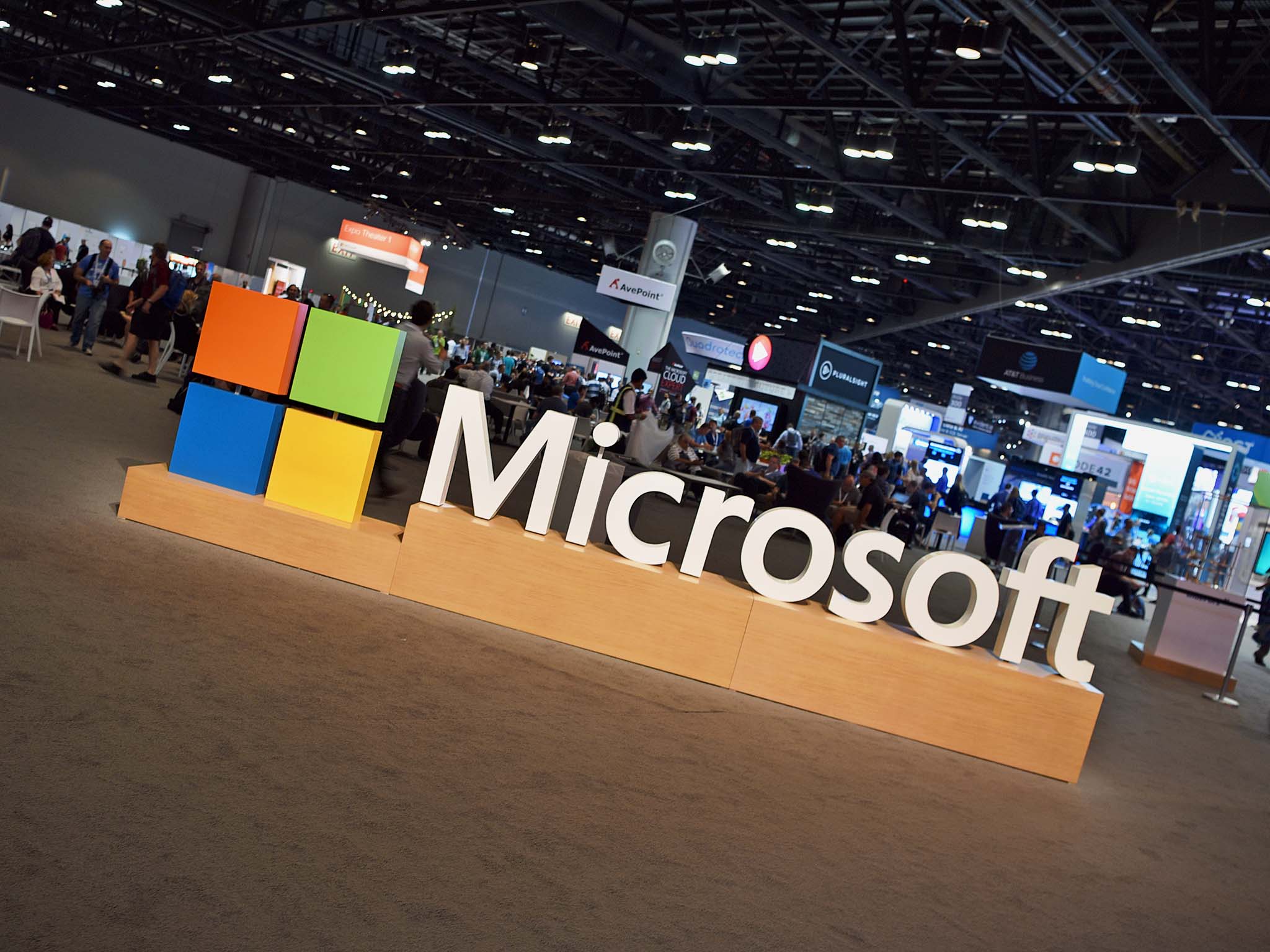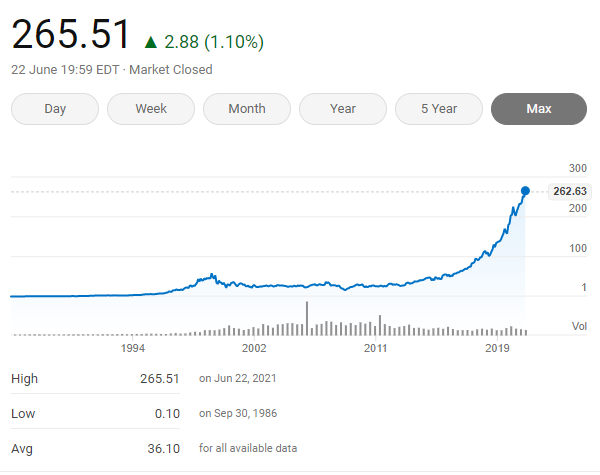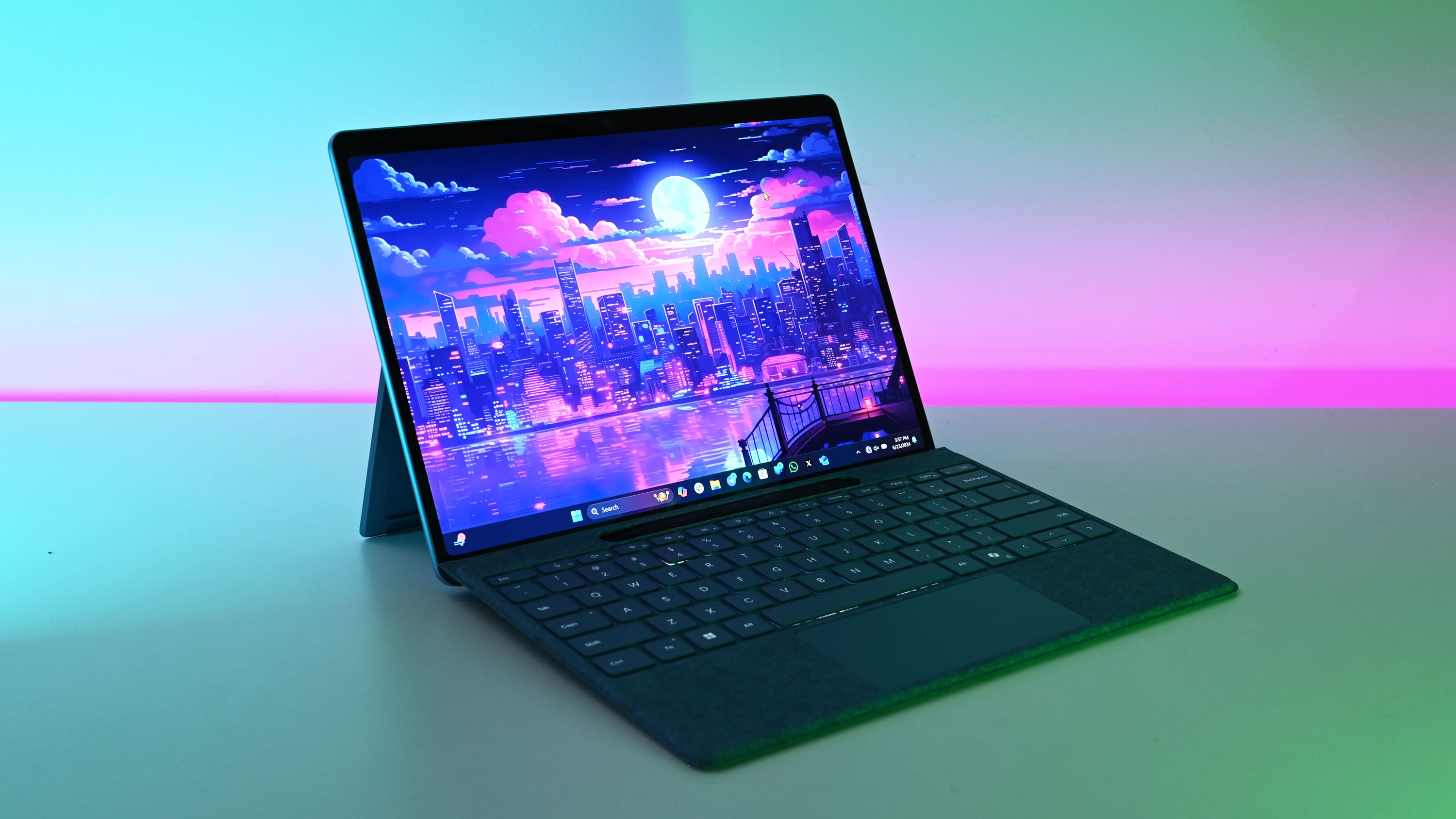Microsoft flirts with $2 trillion valuation, but falls just short at close
Microsoft is the second United States-based company to reach a valuation of $2 trillion.

What you need to know
- Microsoft briefly reached a $2 trillion valuation yesterday.
- The company's stock closed the day at $265.51 for a valuation of $1.9997 trillion.
- Microsoft is only the second company based in the U.S. to reach a $2 trillion valuation.
Microsoft reached a $2 trillion evaluation briefly yesterday, June 22, 2021. The company's stock price traded at $265.79 for a short period on the day. Microsoft is only the second U.S. company to reach the $2 million mark, with the first being Apple, which is now valued at around $2.2 trillion.
Microsoft didn't quite close the day at the $2 trillion mark. The company finished the day with a stock price of $265.51 for a valuation of $1.9997 trillion. To reach $2 trillion, Microsoft's stock price needs to finish a day at $265.55, which is just four cents above its closing price from last night.
It seems likely that Microsoft will hit that mark in the near future. The company's stocks have gone up 64% since March 2020, which is when many lockdowns related to the global pandemic started. Back in April 2021, Microsoft CEO Satya Nadella discussed the company's growth during the pandemic (via CNN):
"Over a year into the pandemic, digital adoption curves aren't slowing down," said Nadella. "We are building the cloud for the next decade, expanding our addressable market and innovating across every layer of the tech stack to help our customers be resilient and transform."
Microsoft only hit the $1 trillion mark in April 2019 (via The Verge), so it's safe to say that the Redmond-based giant is quickly trending upward.
Tech giants Amazon ($1.77 trillion) and Google's parent company Alphabet ($1.67 trillion) could be the next companies to reach the milestone.
All the latest news, reviews, and guides for Windows and Xbox diehards.

Sean Endicott is a news writer and apps editor for Windows Central with 11+ years of experience. A Nottingham Trent journalism graduate, Sean has covered the industry’s arc from the Lumia era to the launch of Windows 11 and generative AI. Having started at Thrifter, he uses his expertise in price tracking to help readers find genuine hardware value.
Beyond tech news, Sean is a UK sports media pioneer. In 2017, he became one of the first to stream via smartphone and is an expert in AP Capture systems. A tech-forward coach, he was named 2024 BAFA Youth Coach of the Year. He is focused on using technology—from AI to Clipchamp—to gain a practical edge.

